Premium Only Content
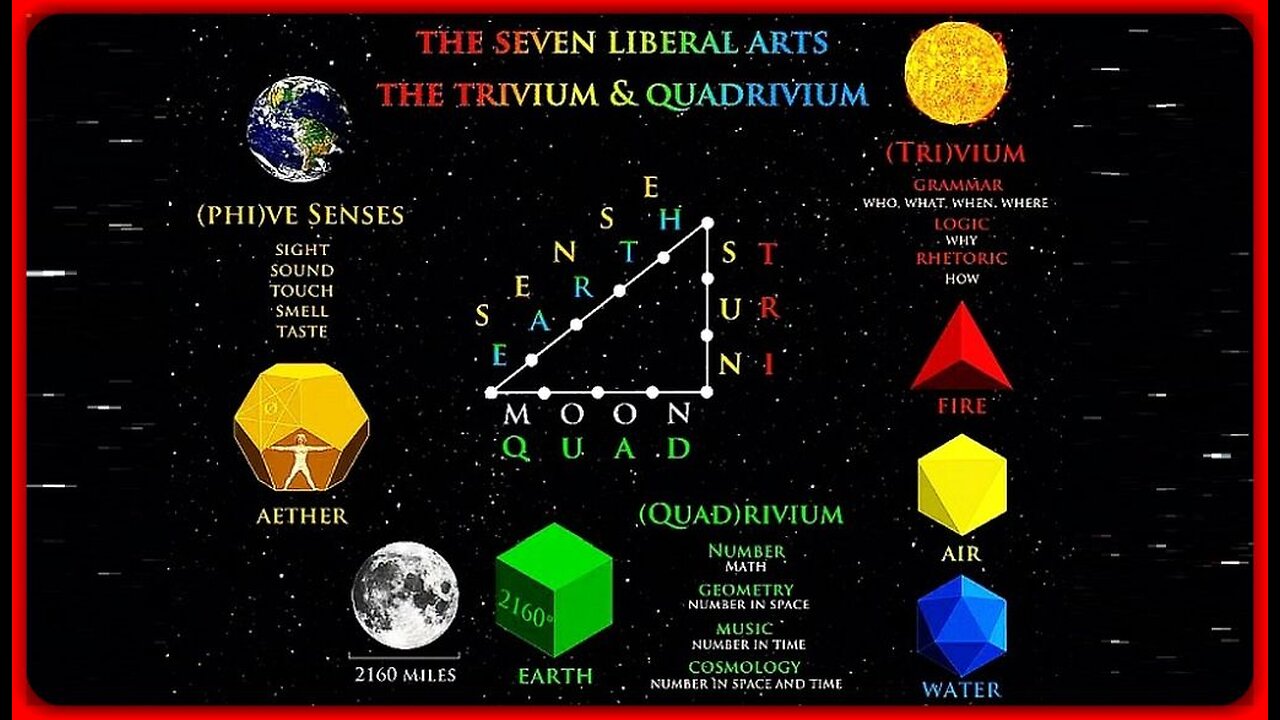
👀📢THE SEVEN LIBERAL ARTS THEIR MEANING AND APPLICATION (IMPORTANT) | DR. CHRISTOPHER PERRIN
Classical education is like a very large museum with many beautiful, wonder-filled rooms that could be studied over a lifetime. It is a long tradition of education that has emphasized the seeking after of truth, goodness, and beauty and the study of the liberal arts and the great books. What are the liberal arts? They are grammar, logic, rhetoric (the verbal arts of the trivium), arithmetic, geometry, music, and astronomy (the mathematical arts of the quadrivium). This approach to education also includes the study of Latin. The classical approach teaches students how to learn and how to think.
What makes classical education so effective? It is largely because of its approach to how and when students are taught. Regardless of their learning style, children learn in three phases or stages (grammar, logic or dialectic, and rhetoric), known as the trivium. In the grammar stage (K–6), students are naturally adept at memorizing through songs, chants, and rhymes. If you can get children in this stage to sing or chant something, they will remember it for a lifetime. In the dialectic or logic stage (grades 7–9), teenage students are naturally more argumentative and begin to question authority and facts. They want to know the “why” of something—the logic behind it. During this stage, students learn reasoning, informal and formal logic, and how to argue with wisdom and eloquence. The rhetoric stage (grades 10–12) is naturally when students become independent thinkers and communicators. They study and practice rhetoric, which is the art of persuasive speaking and effective writing that pleases and delights the listener. Again, it is this approach to teaching students based on their developmental stage that makes this approach so very effective.
It is precisely this kind of education that has produced countless great leaders, inventors, scientists, writers, philosophers, theologians, physicians, lawyers, artists, and musicians over the centuries. Classical education never really disappeared, but it did diminish starting around 1900 with the advent of progressive education. To restore this most proven form of education, the K–12 liberal arts tradition has been renewed and expanded again over the last thirty years. More than 500 classical schools (including private and charter schools) have started during that time, and tens of thousands of homeschooling families are educated with the classical approach.
• Dr. Christopher Perrin: 👉 https://classicalacademicpress.com/pages/dr-christopher-perrin
• Classical Academic Press: 👉 https://classicalacademicpress.com
• Classical U: 👉 https://classicalu.com/
📚 PDF: The seven liberal arts, a study in medieval culture by Abelson, Paul, 1878-
👉 https://archive.org/details/sevenliberalarts00abeluoft/page/n5/mode/2up
——— ➤✝️• "Page Chronicles" Channel & Operator | ⚠️ ▸ COPYRIGHT DISCLAIMERS———
📌 I do not own the ©️ Copyright / Licensing to this content - but it's posted Under ► Section 107 of the U.S. Copyright Act: “Notwithstanding the provisions of sections 106 and 106A, the fair use of a copyrighted work, including such use by reproduction in copies or phonorecords or by any other means specified by that section, for purposes such as criticism, comment, news reporting, teaching (including multiple copies for classroom use), scholarship, or research, is not an infringement of copyright.”
☕️ Buy me a coffee: 👉 https://www.buymeacoffee.com/pagechronicles
🐦Page Chronicles X/Twitter: 👉 https://twitter.com/HelperPage
-
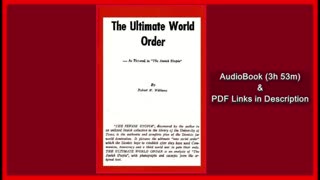 3:53:04
3:53:04
Page Chronicles
18 days ago🎧THE ULTIMATE WORLD ORDER: As Pictured in "The Jewish Utopia" By Robert H. William (1957) •🕞3h 53m
588 -
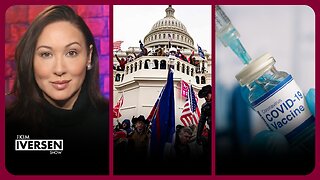 1:21:55
1:21:55
Kim Iversen
15 hours agoMultiple States To BAN mRNA Vaccines | They Want to Make Protesting Illegal, Here's How
91.5K127 -
 7:34:25
7:34:25
Dr Disrespect
22 hours ago🔴LIVE - DR DISRESPECT - WARZONE - IMPOSSIBLE TRIPLE THREAT CHALLENGE
236K35 -
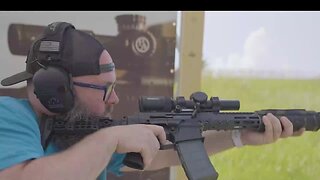 1:02:45
1:02:45
Tundra Tactical
12 hours ago $30.48 earned🛑 KASH PATEL NEW ATF DIRECTOR??? Breaking News!!!! 🛑
94.8K14 -
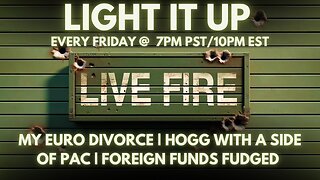 4:31:10
4:31:10
I_Came_With_Fire_Podcast
23 hours agoMy EURO Divorce | HOGG with a side of PAC | Foreign FUNDS Fudged
59.4K9 -
 37:44
37:44
Glenn Greenwald
19 hours agoGlenn On Tearing Down the Military Industrial Complex, Exposing Pro-Israel Indoctrination, and More | SYSTEM UPDATE #411
138K204 -
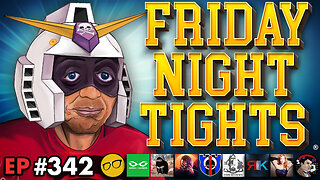 4:04:20
4:04:20
Nerdrotic
18 hours ago $57.17 earnedAmazon Takes 007! Hollywood is Lost, Disney Cancels WHO? | Friday Night Tights 342 /w ItsAGundam
196K55 -
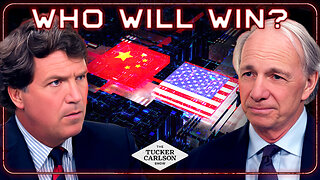 43:27
43:27
Tucker Carlson
18 hours agoRay Dalio: America’s Hidden Civil War, and the Race to Beat China in Tech, Economics, and Academia
213K210 -
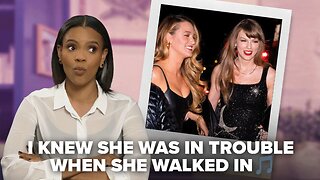 56:56
56:56
Candace Show Podcast
18 hours agoEXCLUSIVE: Taylor Swift Will Be Deposed. | Candace Ep 150
248K201 -
 1:03:52
1:03:52
IsaacButterfield
15 hours ago $10.86 earnedRepublican Vs 25 Transgender Activists | Jewish Outrage | Lizzo Loses All the Weight
86.4K25